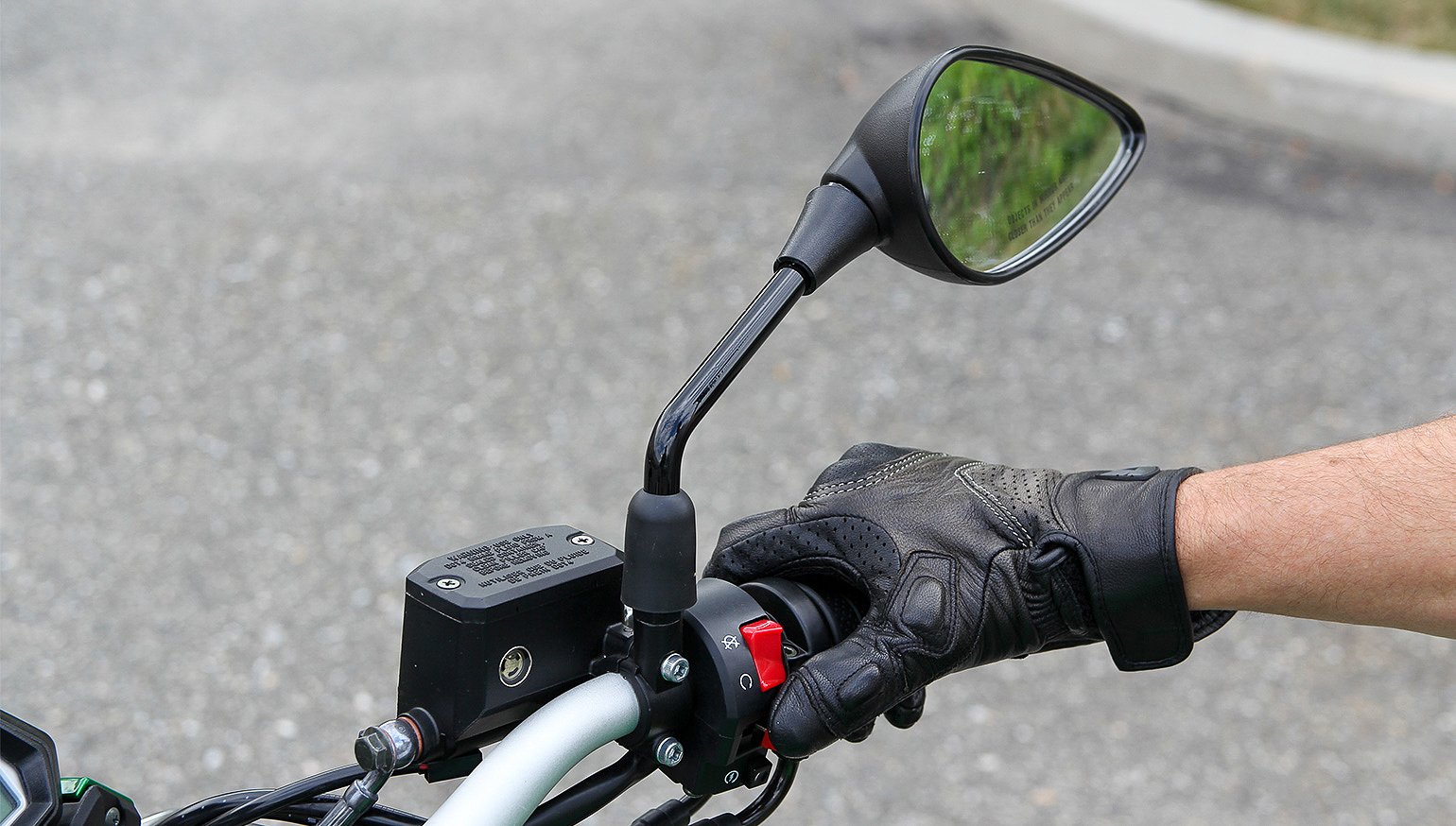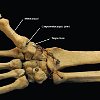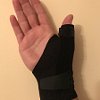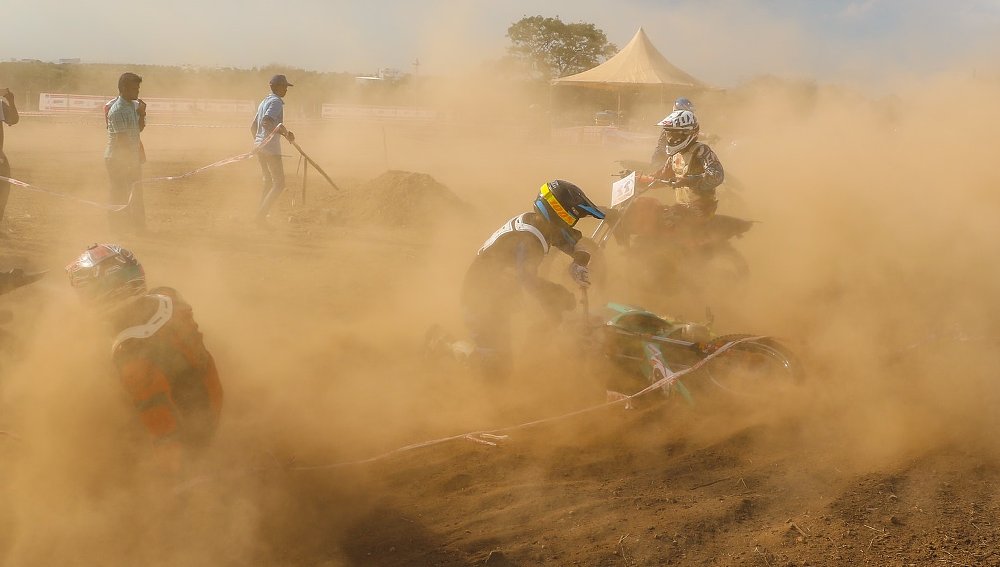Do your wrist and thumb hurt after a long ride? If so, you might have trapeziometacarpal osteoarthritis (TMO).
Let’s translate from medicalese into something understandable. This is a specific type of arthritis that occurs at the base of your thumb. Two bones and one joint are involved. The trapezium of the wrist and the first metacarpal bone of the thumb. The names don’t matter much. The pain matters a lot.

A reader who has already been diagnosed asked for suggestions on what to do. Fortunately, there is a lot you can do.
First, you need the right diagnosis. Lots of things can create pain at the base of your thumb. Often, you know what did it as that pain comes from the injury you just sustained. If you cannot pinpoint a particular event, you can get a good idea in a simple fashion. Stiffness, joint swelling, and weakness are good clues. If the thumb hurts when you move it — and especially if it does not go away with rest — all that points toward TMO. Then you need to see a hand surgeon. Both orthopedic surgeons and plastic surgeons perform hand surgery. You will undergo an examination and an X-ray that will clinch the diagnosis (and stage the disease process) or point to a different one.
So let’s assume you have TMO. What do you do about it?
Anti-inflammatory medications, analgesics, corticosteroid/hyaluronic acid injections, hand exercises, braces, assistive devices, physical therapy, and surgery all have roles. Management — other than surgery — may be well done by many different kinds of clinicians, including those in primary care. Here is a tiered approach to care:

cannot should not ride while wearing this brace, as it is really hard to grip anything well. This is a good approach for mild symptoms.
Second line: Steroid injection, with or without hyaluronic acid, is indicated for moderate symptoms. Hyaluronic acid seems to be helpful for joint inflammation. Steroids are good for any kind of inflammation in a non-specific kind of way. Putting it in your joint means you don't get the side effects of taking it systemically. Lots of fun to get your hand injected.
Third line: Surgical therapy (for severe disease) includes arthroscopic debridement (clearing away damaged tissue), deliberate bone fracture and realignment to offload stress, trapezium removal with or without ligament reconstruction (lots of options with no clear winner), and joint fusion (better in young people doing heavy work). Note that joint replacement is not indicated, unlike for the shoulder, hip or knee as it does not work well for TMO.
What about other stuff? Some is common sense, and others, well, they are more empirically derived.
Reducing vibration: Padded gloves, thicker grips or bar end weights that reduce vibration are options you can find right here on the RevZilla website.
Combination medication: NSAIDs may be a baseline, but some Tylenol 30 minutes prior to your ride is good, too. Since there are so many strengths available for purchase, read the directions and then take a dose at the appropriate interval after riding, as well. If you need more than over-the-counter aids, you need to see a doctor.
Ice: Perfect after you are done riding to reduce inflammation. Apply ice for 20 minutes per hour, but no longer, or you risk cold-induced tissue injury. Sometimes cold may also be transferred from a frosty bottle of beer, or so I have been led to understand.
Planned breaks in your ride: Some time to allow your joint to have no stress may be useful. This may coincide with your need to stretch your back, extend your knee or flex your hip. This is a good time to apply the brace you are not supposed to wear while riding.
Get waxed: No, not like that. There are heated wax baths for feet or hands that allow you to dip your hand into the not-boiling wax, pull it out and the heated wax cools over several minutes, transferring lots of heat to your joint. The wax peels off when it is cool and is reusable. Physical therapists may use this as a supportive technique as well.
Climate change: If you have had a joint injury, you may know when the weather is going to change. This is a well described phenomenon and seems related to humidity and barometric pressure changes. If you are so fortunate that you can move to a more even and perhaps more arid climate, that may help you. I can’t do that, so I use NSAIDs and Tylenol if I am going to ride when my joints are more accurate that the TV weather forecaster.
What else works for you?











